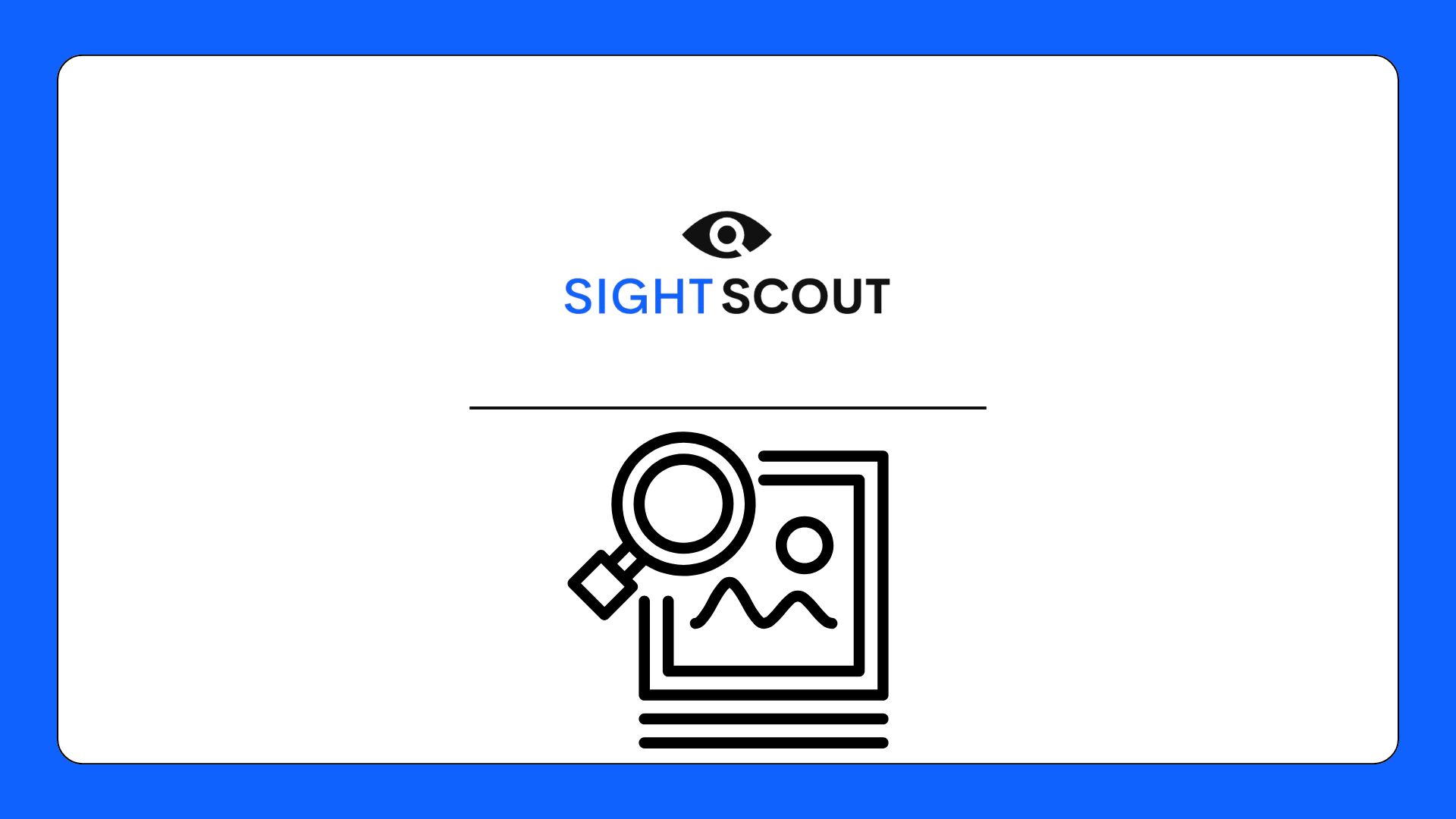Image Search For Online Stores API: Transforming E Commerce

In today's fast-paced, intensely competitive e-commerce industry, retailers are constantly searching for methods to enhance the customer experience and stay ahead of the curve. As technology develops, the SightScout Image Search For Online Stores API is one tool that has revolutionized the way online retailers operate.
Implementing SightScout API in Your Online Store
For retailers looking to stay ahead in a highly competitive market, implementing an Image Search For Online Stores API like SightScout can be a crucial move. However, successful integration requires careful planning and understanding. Here are some key aspects to consider when adding SightScout API to your online store.
The good news for retailers is that SightScout API is designed to be easily integrated into most e-commerce platforms. With clear documentation and support, setting up the visual search function can be a straightforward process. Retailers can choose from a variety of integration options, depending on their platform and the level of customization they need. Whether they’re using Shopify, WooCommerce, or custom-built platforms, the process typically involves configuring the API to communicate with the store’s product catalog, enabling the visual search function in key areas like the search bar and product pages.
One of the biggest concerns retailers have when implementing new technology is how it will impact their current operations. SightScout API offers comprehensive support, with detailed documentation and a dedicated support team ready to assist with any questions or issues. This ensures that the transition is as smooth as possible, with minimal disruption to the store’s functionality. Retailers can also benefit from ongoing updates and improvements, ensuring their visual search capabilities remain cutting-edge.
Endpoints
Save Record or Asset in Index: Adds or changes entries to the index. Records without an objectID are automatically assigned one by SightScout. If you provide an existing objectID, all other characteristics are completely replaced. The product_id is an optional feature that allows you to link several photographs to a single product, which is very useful for e-commerce sites.
POST https://sightscout.net/api/v1/indexes/YOUR_INDEX_HOST/saveRecord
{
"objectID": "your-object-id",
"image_url": "value1",
"product_id": "value2",
"meta_data": "{\"color\":\"azul\",\"talle\":\"M\",\"brand\":\"ExampleBrand\"}"
}Search Endpoint: Provide the URL of an image to be searched in the index.
POST https://sightscout.net/api/v1/indexes/YOUR_INDEX_HOST/search
{
"image_url": "https://example.com/image.jpg"
}Overcoming Challenges with API Implementation
As with any new technology, implementing an Image Search For Online Stores API can come with its share of challenges. However, these hurdles are far from insurmountable, especially when working with a robust solution like this API. Here are some common challenges retailers might face, and how to overcome them.
One of the most significant challenges with visual search is the variability in the quality of images that users upload. Not all images are well-lit, properly framed, or clear, which can make it difficult for the API to return accurate results. SightScout API addresses this challenge by using advanced machine learning algorithms that are trained to recognize objects and patterns even in low-quality or poorly-lit images. This ensures that users still receive relevant search results, regardless of the quality of the image they upload.
For large online stores or retailers that experience seasonal spikes in traffic, ensuring that the visual search API can handle large volumes of searches without slowing down the site is critical. It is built for speed and scalability, allowing it to process thousands of searches per minute without compromising on performance. Retailers can rest assured that their site will continue to run smoothly, even during peak traffic times such as Black Friday or holiday sales.

